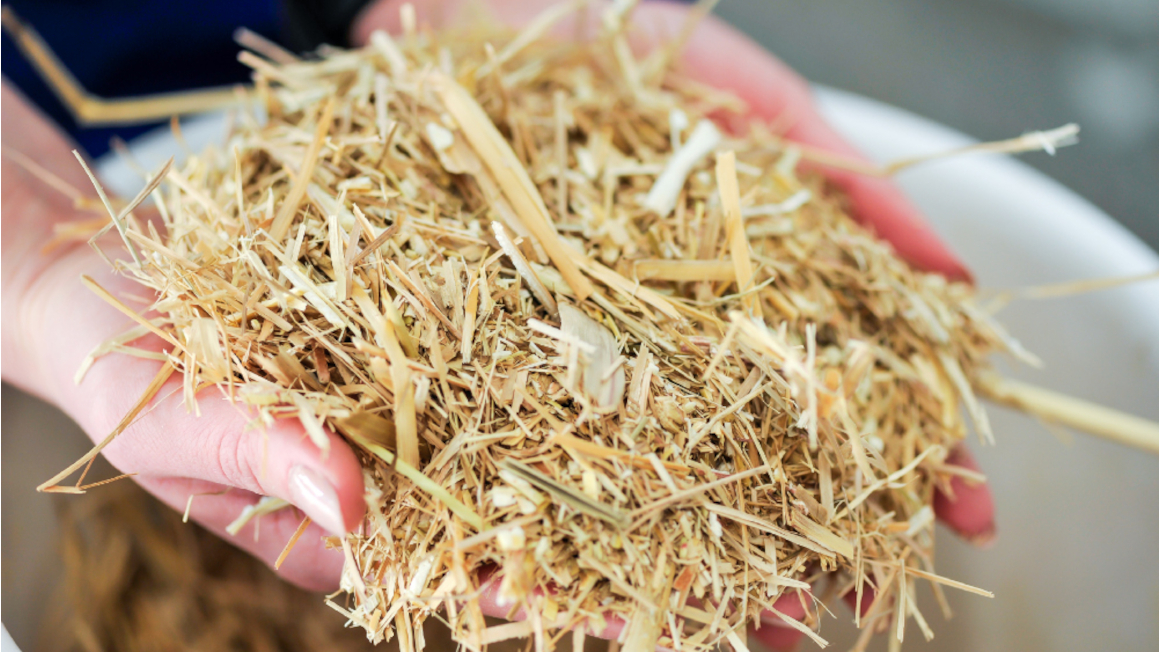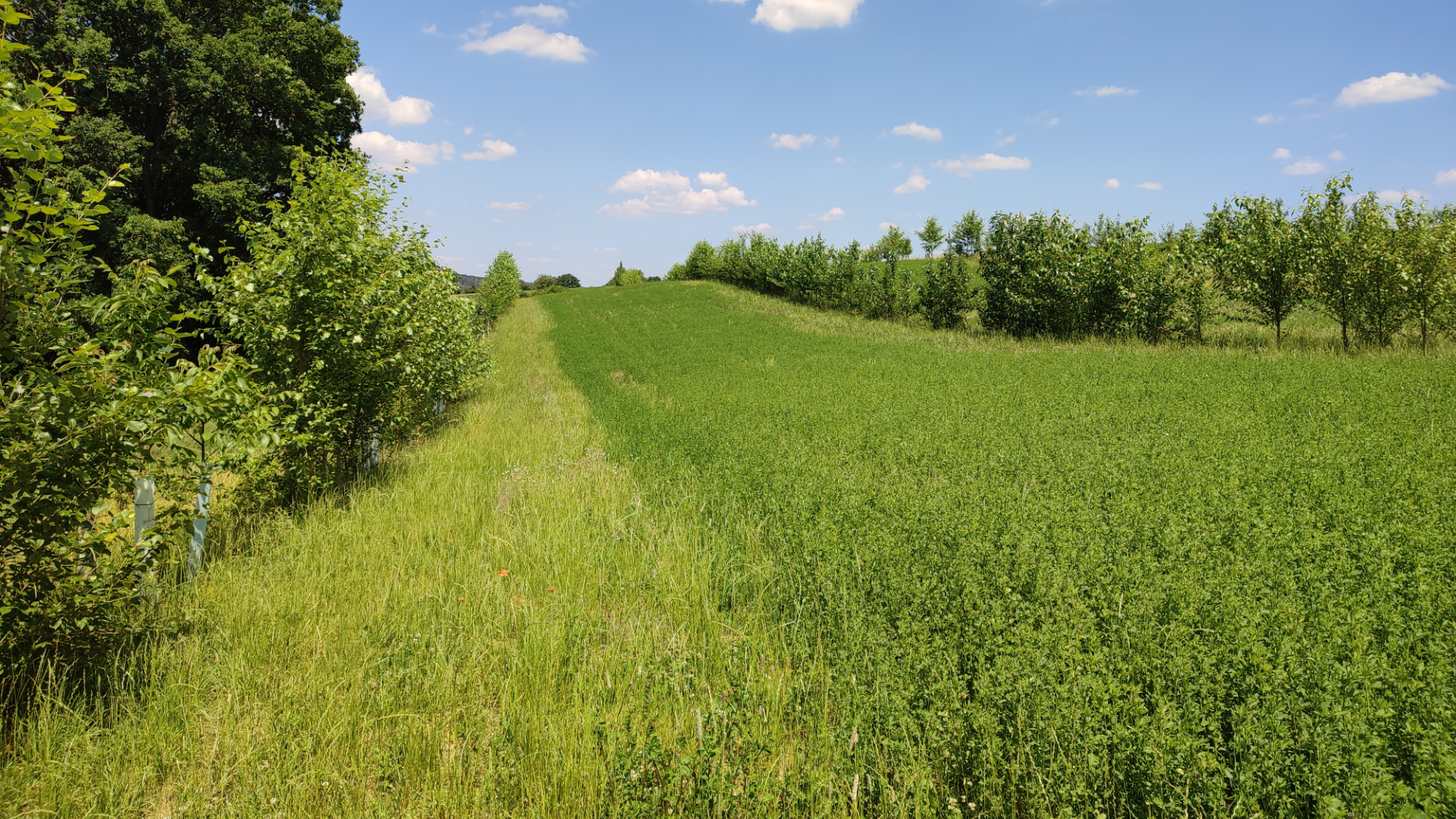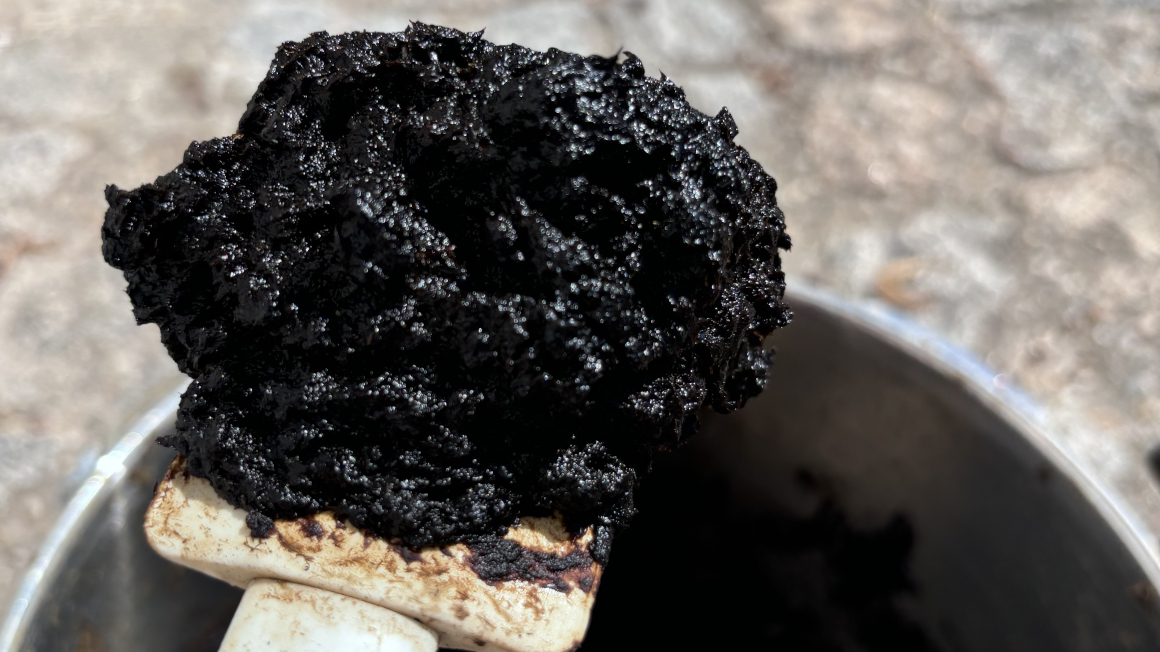Digital tools for the sustainable use of residual materials
Researchers at the University of Hohenheim have developed two tools for the use of agricultural side streams in order to recognize and optimally exploit their potential.

Whether in food processing or agriculture, residues such as cereal straw, leaves or vegetable stalks usually end up as animal feed in troughs or fields. In Baden-Württemberg alone, this amounts to around 7.7 million tonnes per year. For the bioeconomy, these previously underutilised agricultural side streams can be a source of raw materials for new bio-based products and pave the way for a resource-efficient circular economy. Researchers at the University of Hohenheim and the Karlsruhe Institute of Technology (KIT) are now providing two digital tools that show the potential of available residues in Baden-Württemberg.
Guide for agricultural side streams
With ReBioBW Factsheets and ReBioBW GIS-Tool, two smart tools are now available to help agricultural businesses and companies categorise the potential of residual materials. "Knowledge about the needs of agriculture as well as the requirements and opportunities of industrial utilisation of agricultural by-products enables farmers and companies to jointly develop innovative business models based on local raw materials. This can create sustainable and efficient cycles," emphasises Marius Boesino, PhD student and research associate at the Department of Bioeconomy at the University of Hohenheim.
Interactive map visualises waste potential
Both ReBioBW Factsheets and the ReBioBW GIS tool collate and visualise information on the availability of residual materials. More than 350 side streams are recorded in ReBioBW Factsheets and detailed information on their ingredients is displayed. At the same time, options for possible utilisation of the ingredients are listed - for example to obtain protein for the food, pharmaceutical or cosmetics industries or to produce platform chemicals for the chemical industry.
ReBioBW Factsheets and ReBioBW GIS tool
Both tools provide a comprehensive overview of the potential of residual materials in Baden-Württemberg and are now available free of charge on the University of Hohenheim's website (only available in German).
The factsheets are supplemented by the second tool, the Geographic Information System - GIS for short. This is an interactive map that, according to the researchers, “breaks down and visualises the theoretically available biomass potential of the plant side streams in the federal state down to the municipal level”. Using colour gradations, farms and companies can see ‘at a glance’ which raw materials are available in the regions and in what quantities.
Basis for innovations
The smart tools were developed as part of the research project ‘ReBioBW - Potentials of agricultural residues for the bioeconomy in Baden-Württemberg’ and funded by the Baden-Württemberg Ministry of Food, Rural Areas and Consumer Protection (MLR) with around 630,000 euros. A central aim of ReBioBW is to identify opportunities for new regional bioeconomic value creation. According to the researchers, the data and findings from the ReBioBW factsheets and the GIS tool form the basis for further innovation steps.
bb


